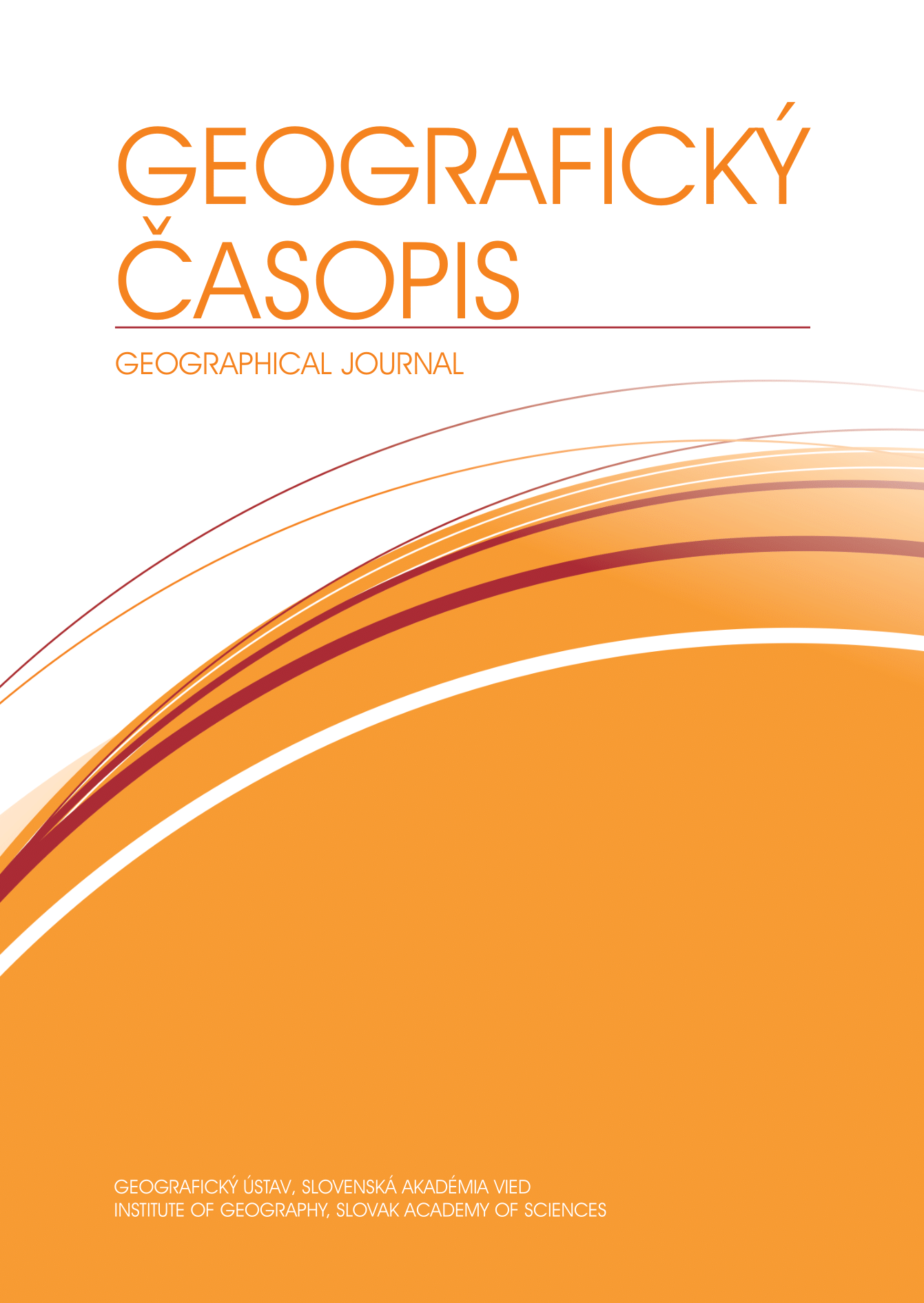Land Cover Mapping of War-Affected Areas
DOI:
https://doi.org/10.31577/geogrcas.2025.77.2.04Keywords:
land cover, war-affected areas, satellite images, nomenclatureAbstract
Remote sensing is a promising technology for large-scale applications and long-term trends to monitor land use/land cover changes quickly, dynamically, efficiently, and cost-effectively. Remote sensing based research holds significance, especially in areas that may be too dangerous for scientists to conduct fieldwork on-site. To better understand how armed conflicts affect land use/land cover, we conducted analyses of PlanetScope data in selected regions in Ukraine. We analysed and classified the manifestations of damaged areas (burnt residential buildings, destroyed industrial buildings, destroyed roads, damaged green areas, etc.). The aim of this paper is to propose the nomenclature applicable in large-scale land use/land cover mapping and explain in detail the content of the proposed land use/land cover classes in the context of the future development of a war-affected territory. The size of the minimum mapping unit was established at 0.1 ha. The detailed nomenclature can serve as a basis for detailed mapping of land use/land cover and its changes in war-affected regions worldwide.
Downloads
Published
Issue
Section
License
Copyright (c) 2025 Geografický časopis / Geographical Journal

This work is licensed under a Creative Commons Attribution-NonCommercial 4.0 International License.
The authors accept and agree to respect the terms and conditions of this public license. Published articles or their parts may be reused, provided that the names of the authors are mentioned and will serve only for non-commercial purposes.

